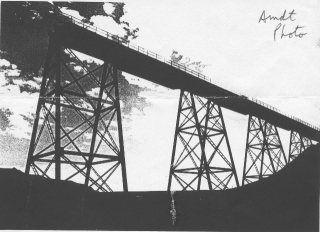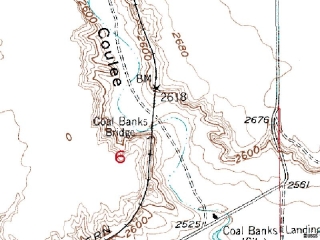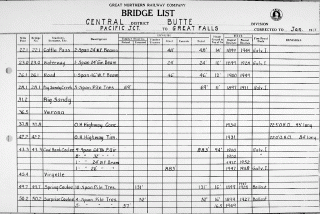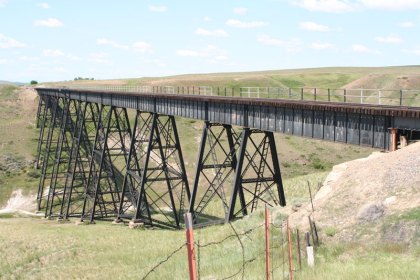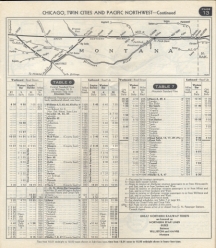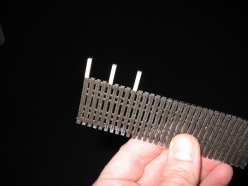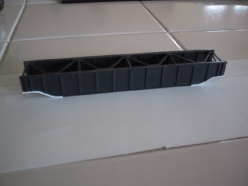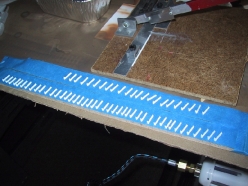One of the modeling jewels along the GN line from Great Falls to Havre, MT is the trestle over the Coal Banks Coulee. This massive steel trestle was typical of the structures needed by railroad construction engineers to cross valleys (a.k.a. coulees) that cut across the otherwise unremarkable prairie from North Dakota to the Rockies.
I identified early on in my layout wish list was the opportunity to model such a tall steel trestle. I have driven by the one of the largest GN bridges, the Gassman Coulee Bridge near Minot, ND often as we drove to visit my dad’s family in Kenmare, ND. This magnificent structure is quite a surprise considering the stereotype that North Dakota is flat as a pancake (OK, it mostly is). But here in North Dakota and often repeated throughout eastern Montana, the prairie opens up with impressive valleys called coulees in these parts. As James J. Hill rapidly expanded his railroad west, he found it faster to span the coulees than go around them. This was first accomplished with wooden trestles, and later with enormous steel structures that mostly stand to this day.
Coal Banks Prototype
Just a mile or so eastbound of Virgille, MT the GN started to climb from the banks of the Missouri up the side of the prairie plateau. As the line reached the edge of the Coal Banks coulee, the line spanned the valley over the trestle to reach the other side and continues its climb up the east edge of the coulee on its way to Big Sandy, MT.
I was fortunate enough to obtain a copy of a GN bridge list for the area is it reports the Coal Bank Coulee was 883 feet long and 94 feet tall and was built in 1900. From the number of spans reported in the record, there must have been at least 8 towers so it must have been a quite an impressive structure. The few actual photos of the the trestle in this article are courtesy of a helpful fellow GN fan, Fr. Dale in Cincinnati. The bridge was torn down sometime in the 80’s as the middle portions of the Great Falls to Havre line was abandonded.
A trestle nearby that is still standing is the North Fork Portage Coulee. This bridge is of a similar size and construction and is still in use as of 2009. Notice this bridge, at least currently, has straight girders. The Coal Banks bridge, as can be seen in the photo above, has tapered girders which was a common trait on GN bridges. More on this details and more in the next installment of this series.
My Model of the Coal Banks Trestle
My model of the Coal Banks Coulee bridge is about 37 inches long ( the scale prototype would be over 10 feet long) and stands about 8 inches tall. The model is constructed from the moderate kit bashing of several Micro Engineering tall steel trestle kits. The kit bashing involved modifications to alter the appearance of the stock kit to more closely match to typical GN practice and specifics known about the prototype bridge itself. Have a look at the next installment of this article to see all of the details. The bashing also involved tailoring the kit to match the terrain by making prototypical modifications to the towers positioned on the valley slopes, a detail often overlooked. The result is, hopefully, a convincing model and important structure on my layout.
This is the first in a series of posts that detail the construction of my model of the Coal Banks coulee trestle. This following is a list of all of the articles:
- Coal Banks Trestle: Decks & Railings (January 3, 2010)
- Coal Banks Trestle: Girder Spans (January 3, 2010)
- Coal Banks Trestle: Benchwork (January 2, 2010)
- Coal Banks Trestle: GN Design Practices (December 26, 2009)
- Coal Banks Trestle: Introduction (December 25, 2009)
Next: GN Bridge Practices
